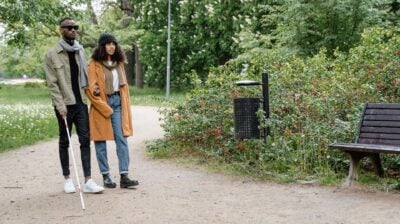How to get involved in politics as a young person
Ross gives some advice for young people interested in finding out more about political parties and local candidates.

Politics for many young people seems scary to get involved in. With news headlines dominated by Brexit, and many images of TDs in Leinster House or abroad, getting involved locally or nationally might seem overwhelming for young people like myself.
However, Irish politics is rather localised and local TDs and councillors love to see young people get involved in politics, as I found out over the past few months. Here are some ways a young person can get involved.
Step 1: Find your local TD/councillor
There are many ways to find out who the local TD or councillor is for your area. Firstly, search what local constituency or Local Electoral Area (LEA) you’re in through Google or through your local county council website. Through this, I found out that my LEA was actually being split for my area. I also found out that An Taoiseach Leo Varadkar has his constituency office only 10 minutes away from my house and three TDs are from my local area, including former Tánaiste, Joan Burton.
Step 2: Check which party you’re most affiliated with
You can do this in a few ways. You can either check on Kildare Street.ie, or by using a political compass quiz which asks questions on your views of major political topics and how strongly you agree or disagree with them. It has to be noted the results may not be fully accurate, so it’s important to analyse what your results are at the end of the quiz and read up a little more about the parties.
Step 3: Find the local representatives for your party or independent candidate
If you find yourself agreeing with plenty of a party’s policies or views, you may want to get in touch with a local representative to see if you share their views directly. While this does not mean you have to share all their views, you may feel that you want to either join the party, or stay close to them but not join the party. To find this out, send them an email asking for more information or join a canvass locally to talk to the representative in person.
Step 4: Get involved
After sending them a quick email and once they get back to you, they might either ask for you to join them on a canvass or join them for a cup of coffee at a local café. It is usually an informal discussion, where you’re encouraged to ask any questions or address any concerns you may have. I had many questions when meeting my local rep for the first time, and within 15 minutes they eased the vast majority of my fears.
Following this, you might be asked to sign up to the party online, which usually is a very small fee of around €5 for the whole year. This allows you to vote on party matters, attend party conferences and meet like-minded people locally and nationally.
Step 5: That’s it!
Now that you’re involved, feel free to make connections with the candidate through their party or colleagues. If you can, make sure to attend branch meetings locally or join the party society in university if one has been set up. This allowed me to join the committee of the political society in my college and organise events in the college with other party colleagues.
If you choose not to get involved with a party or candidate, make sure to vote in the elections and ensure you’re on either the main register of electors or supplementary register, especially for the European & Local elections which will be held on the 24th of May. You can check if you’re registered checktheregister.ie.






